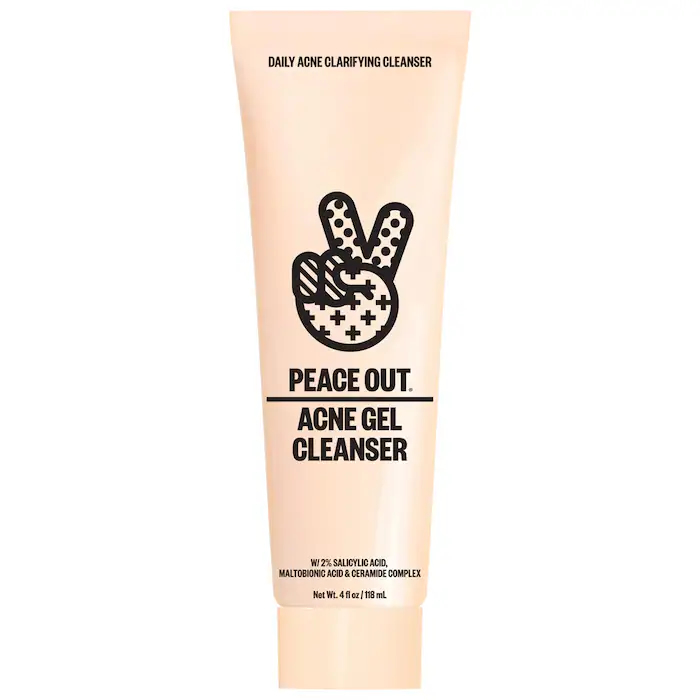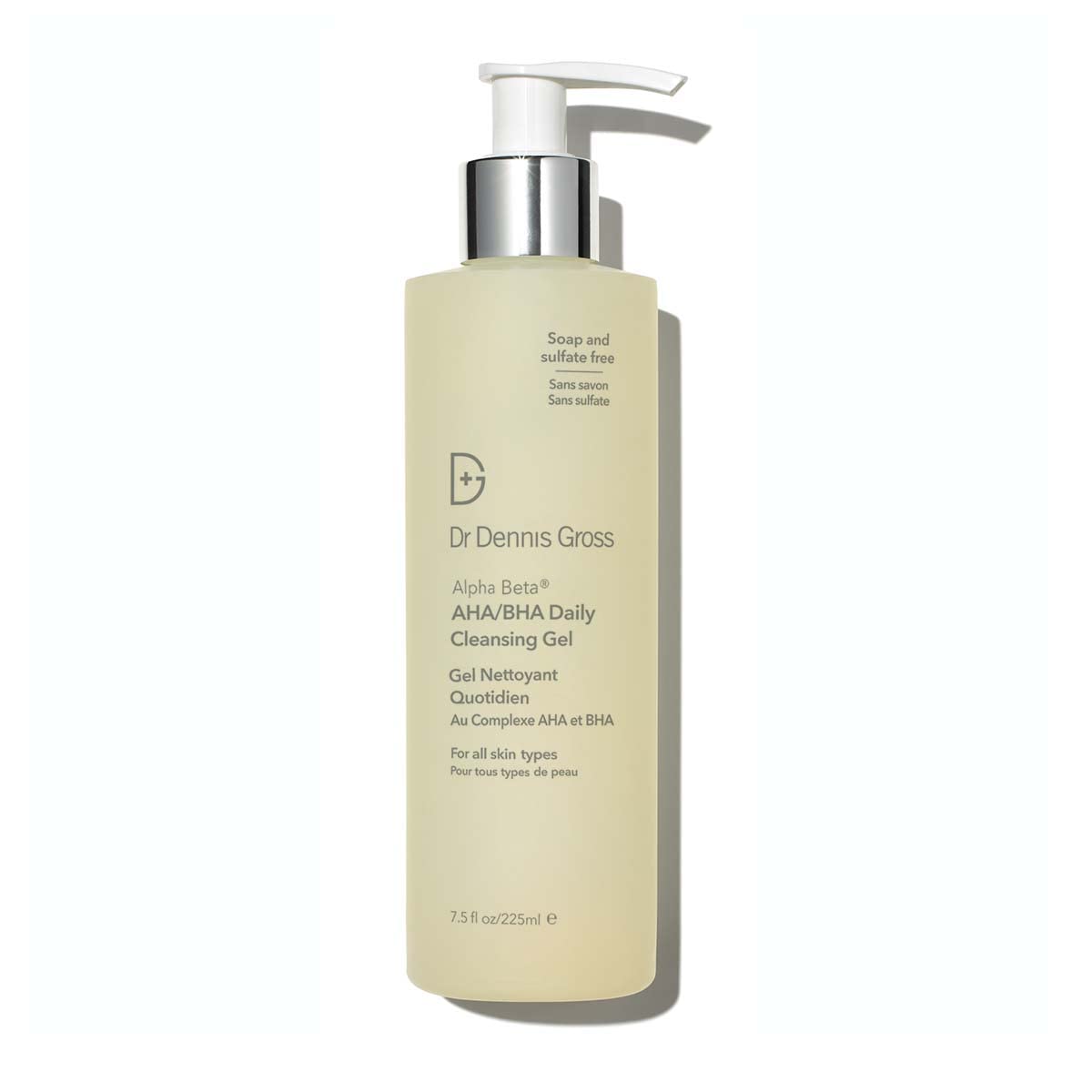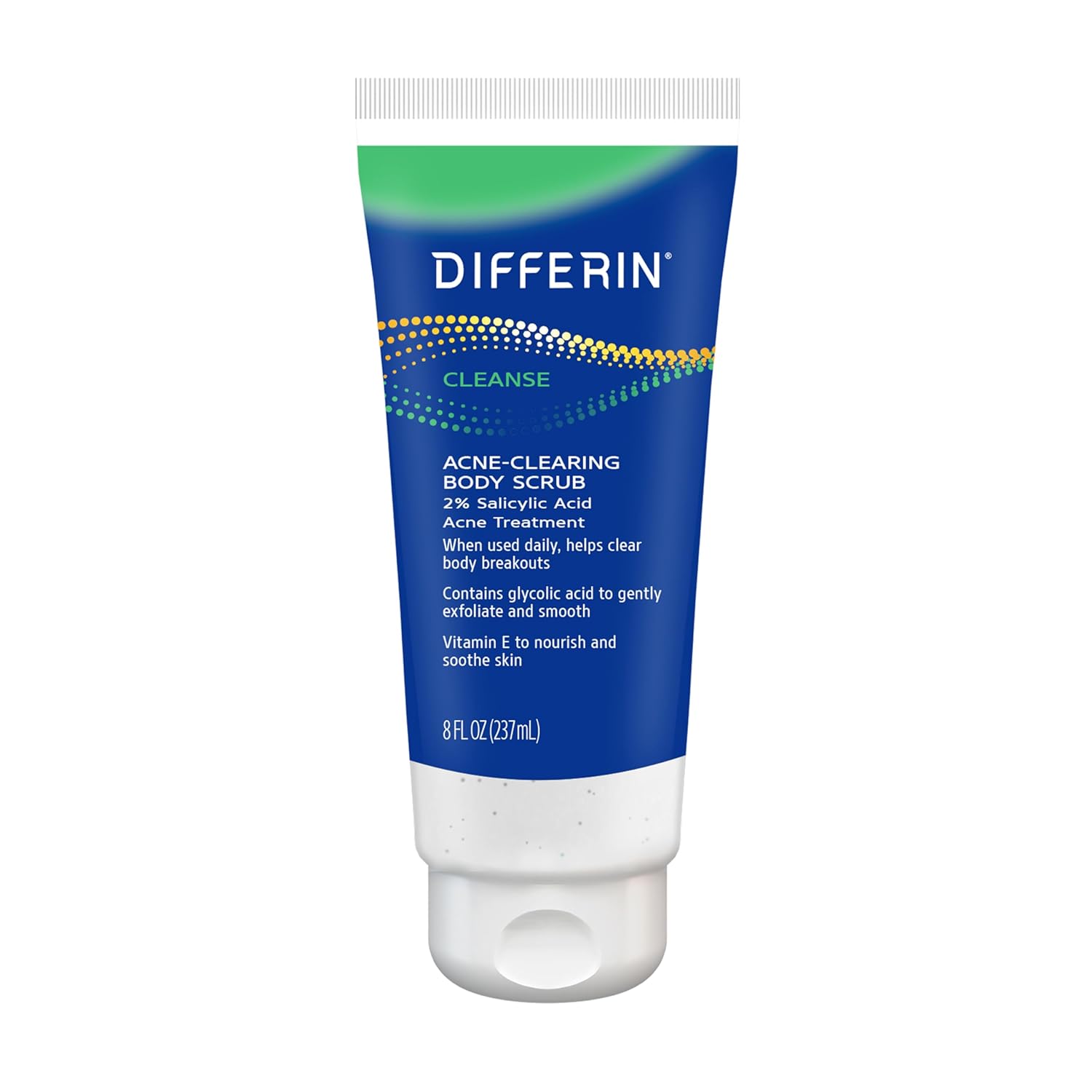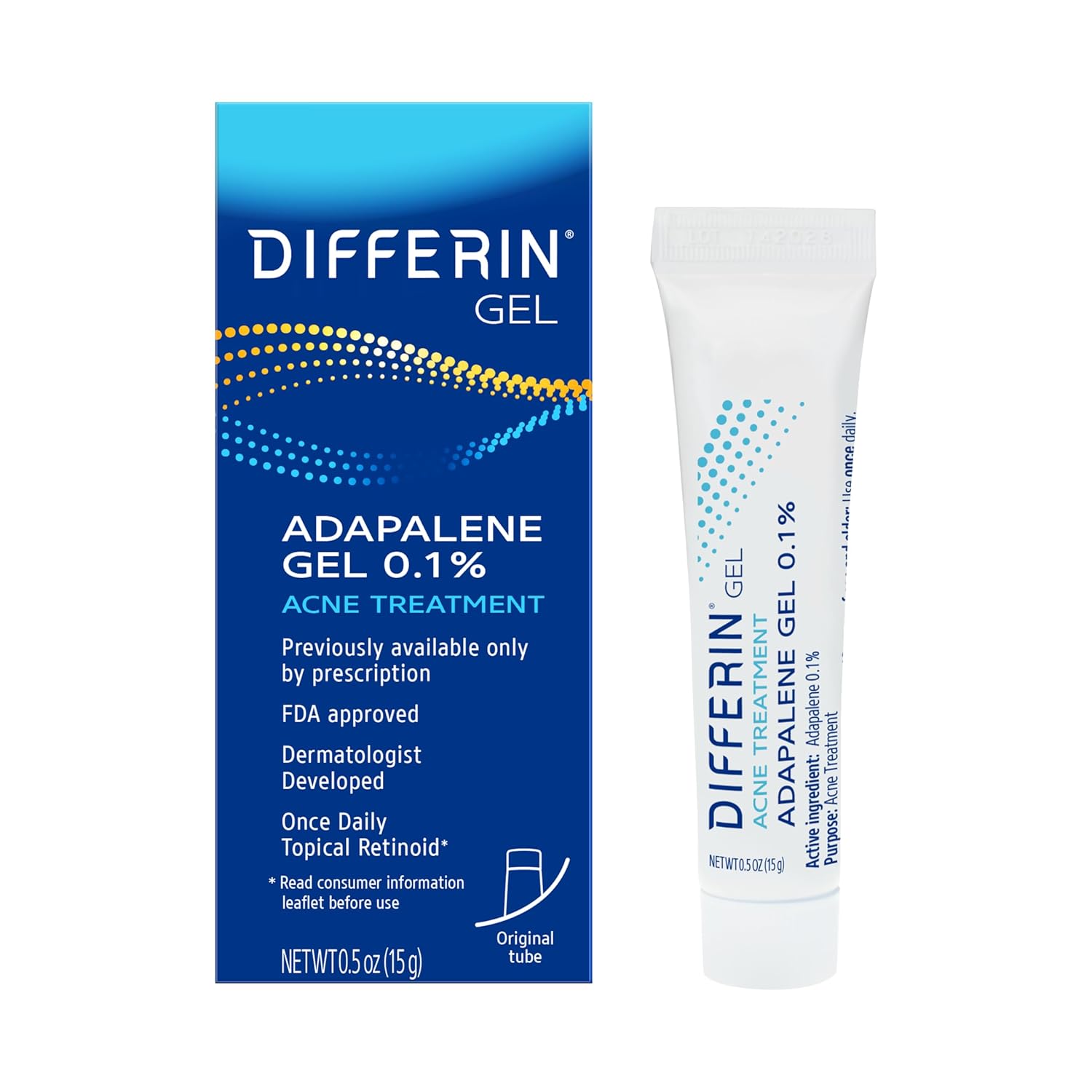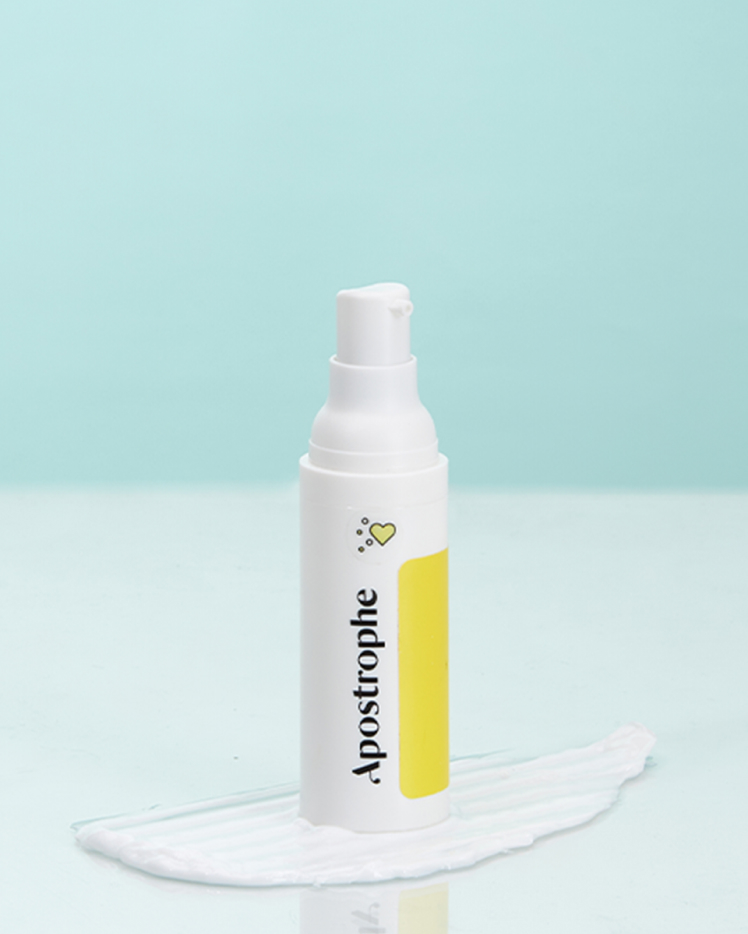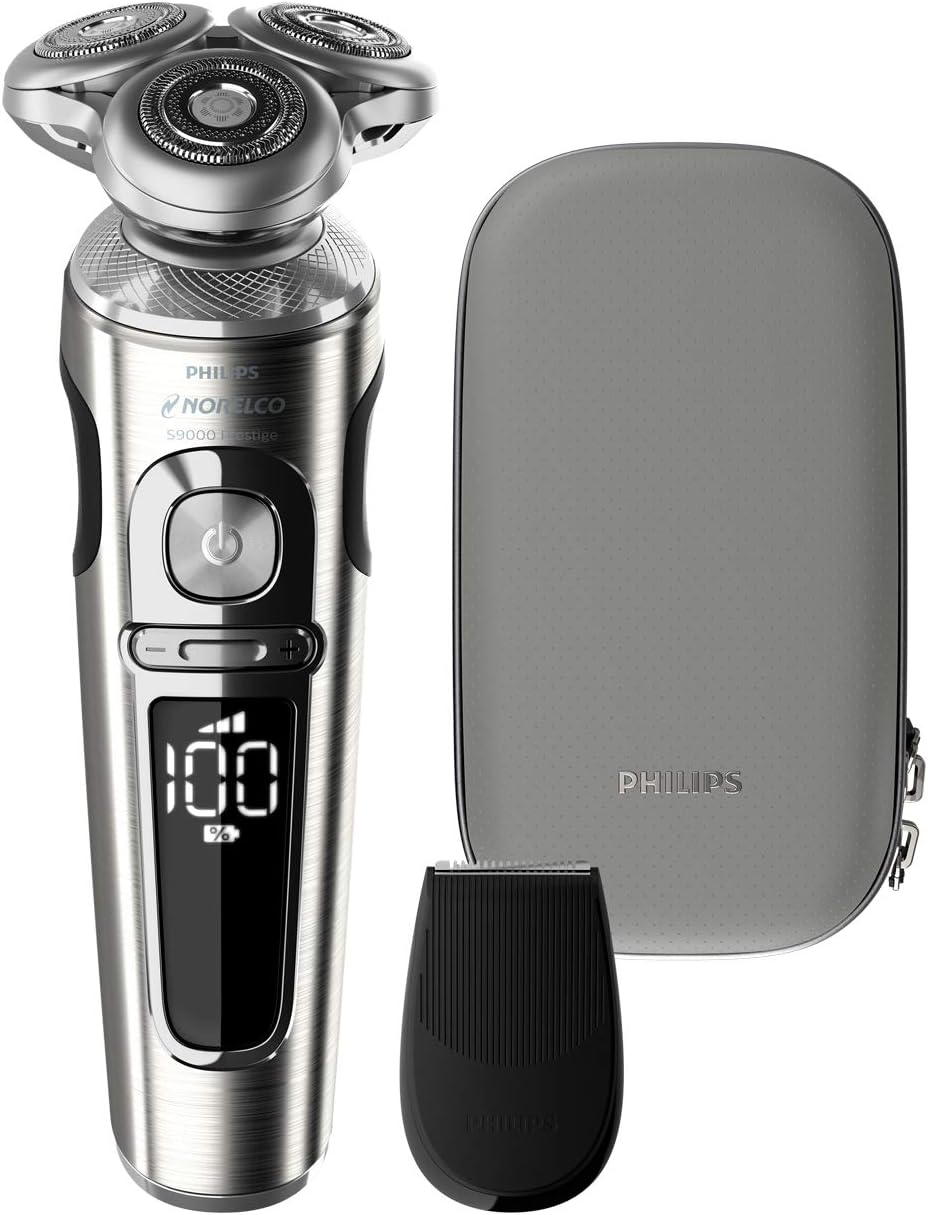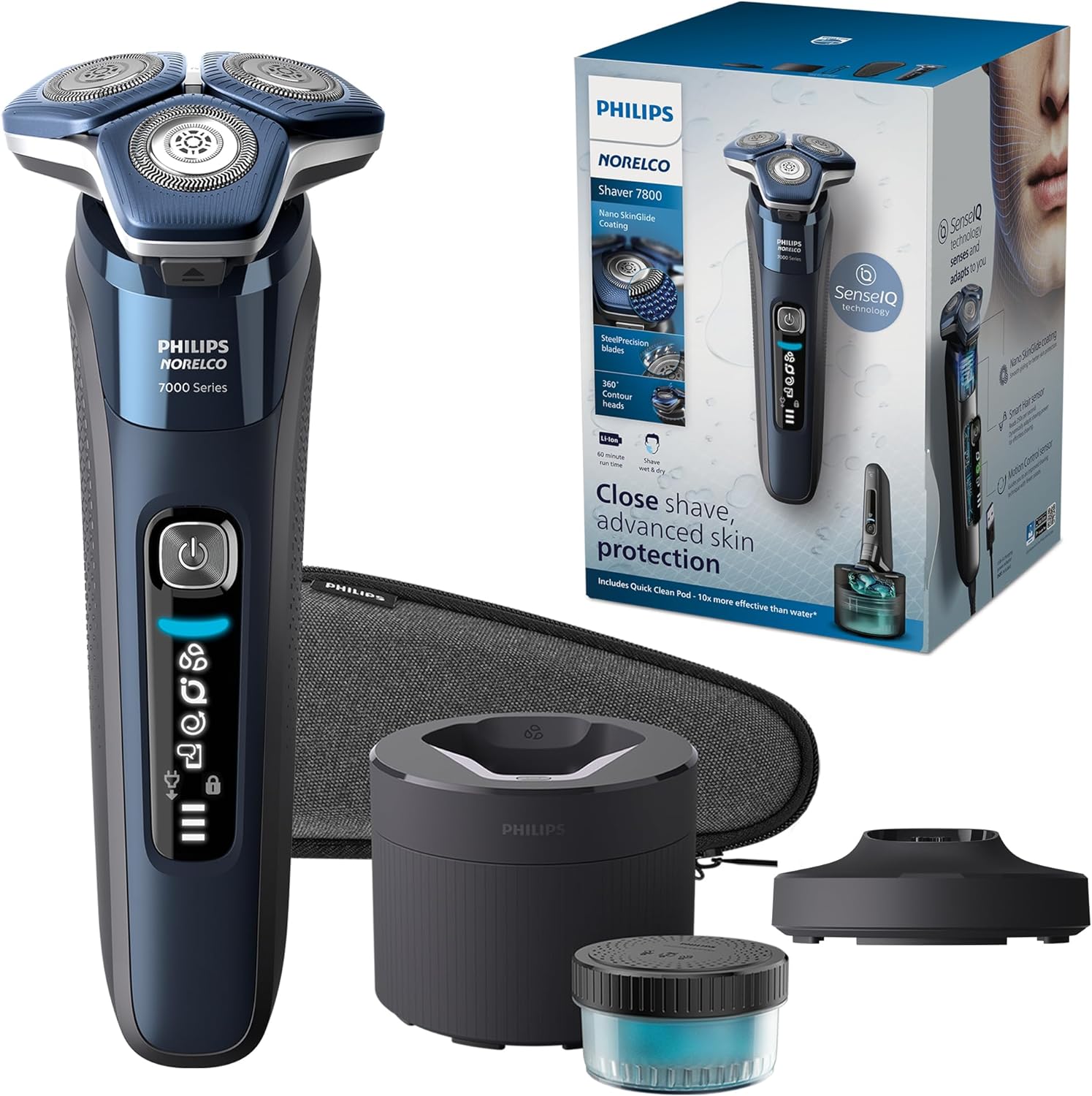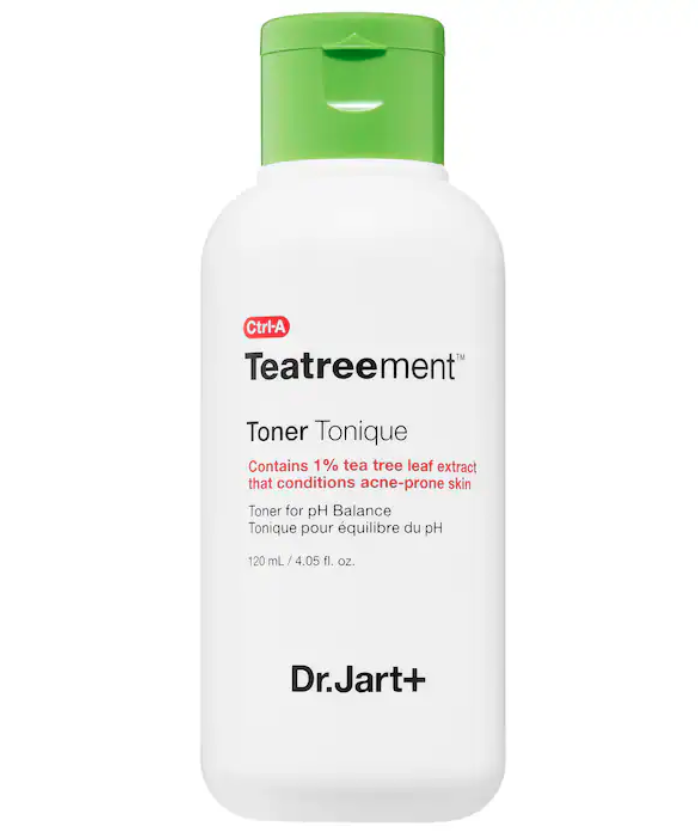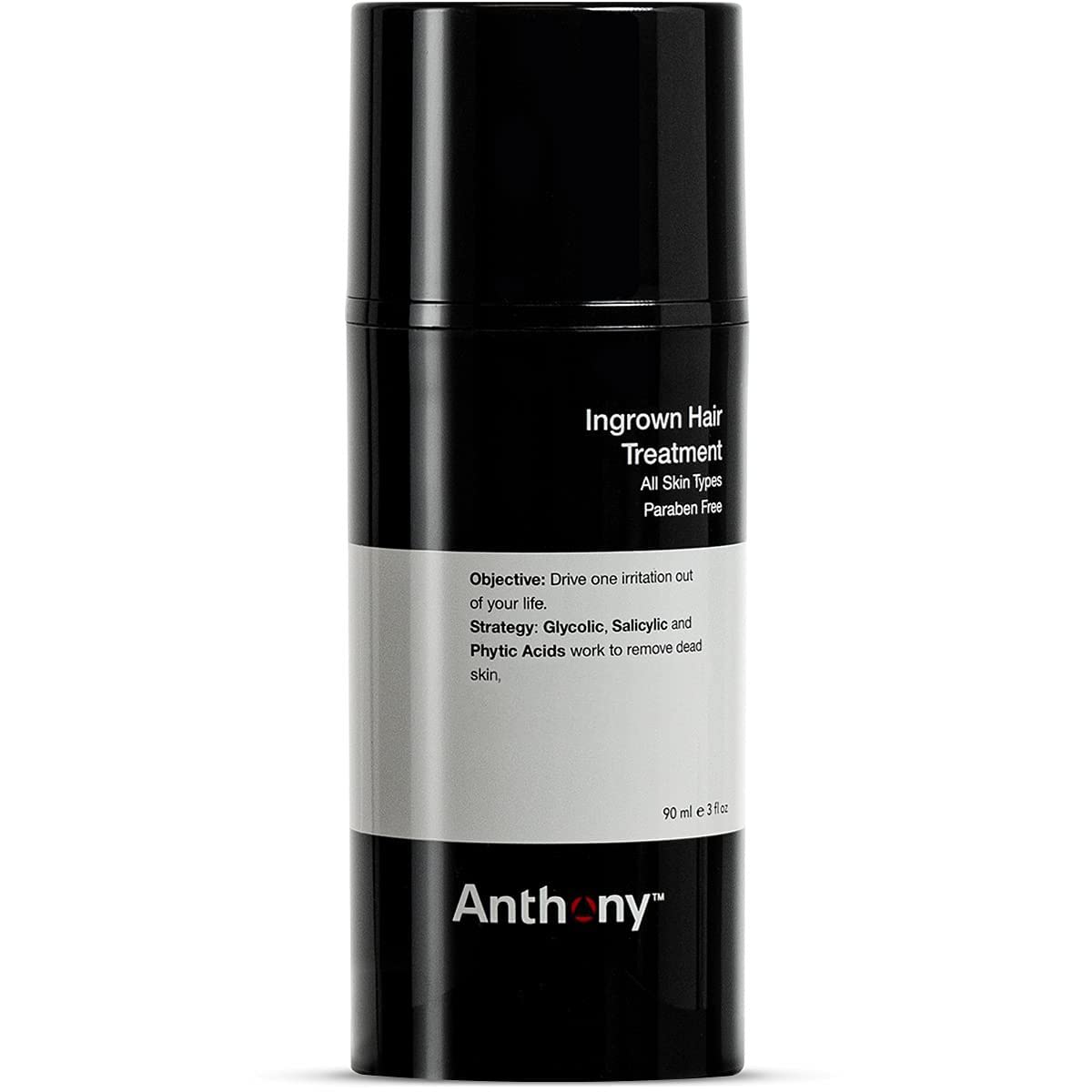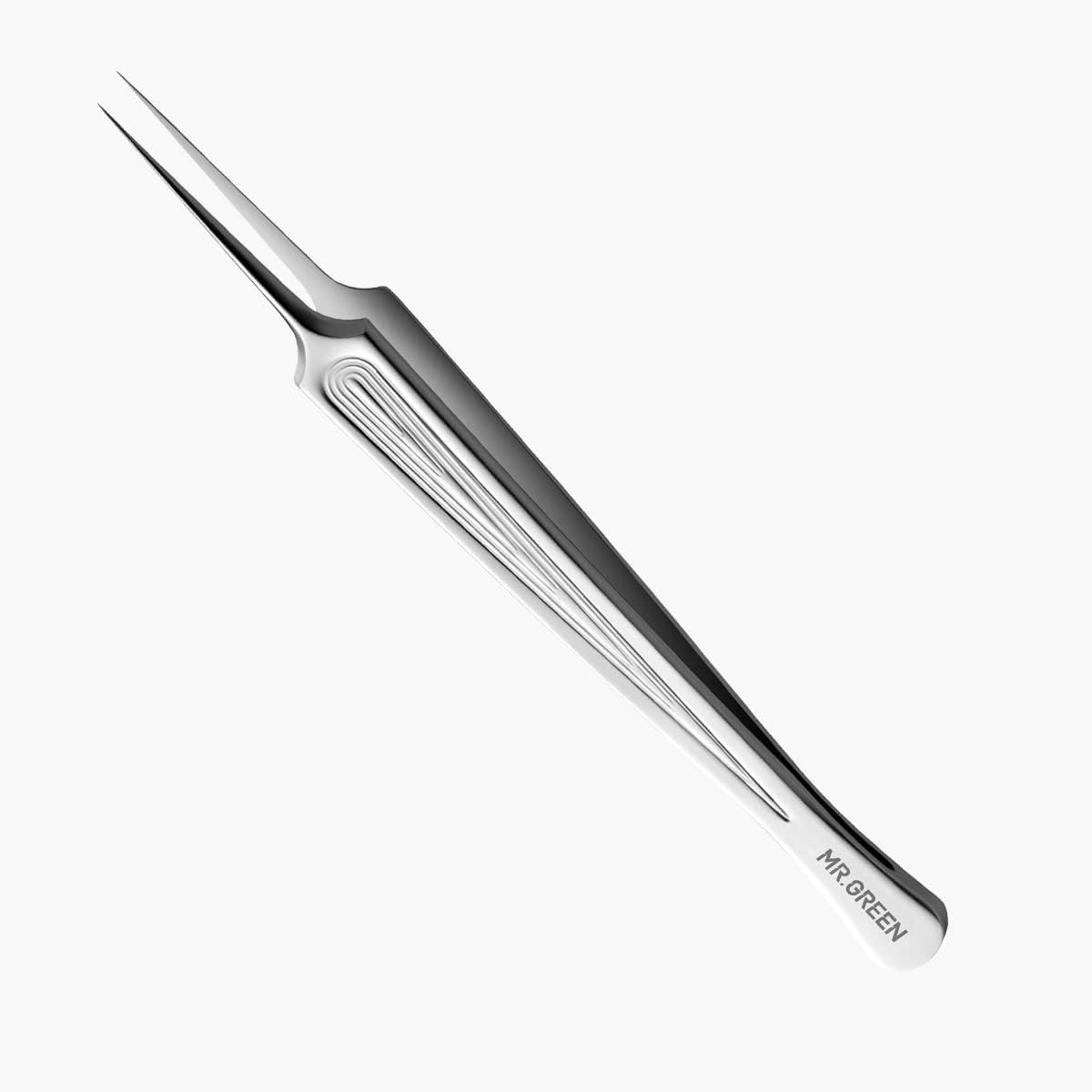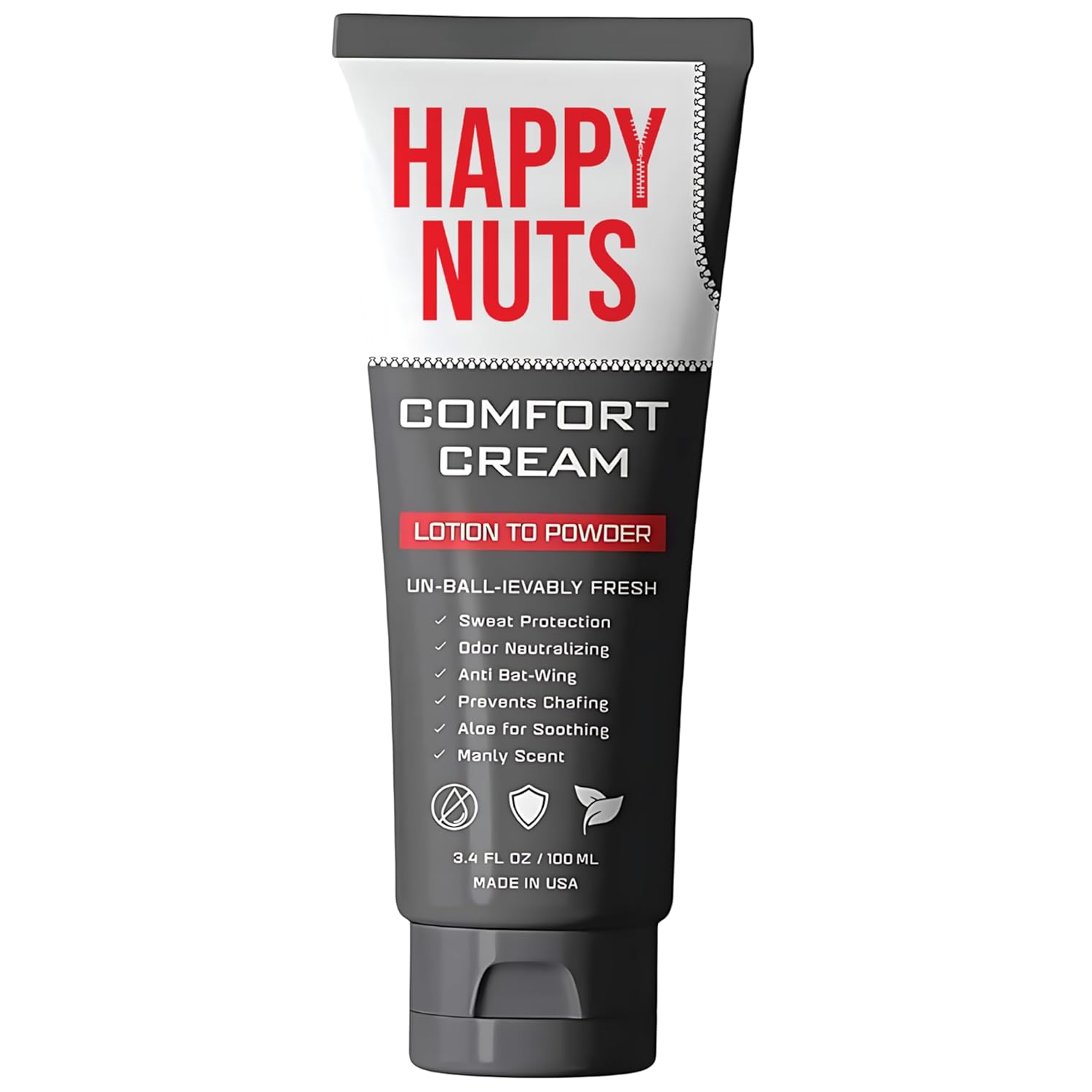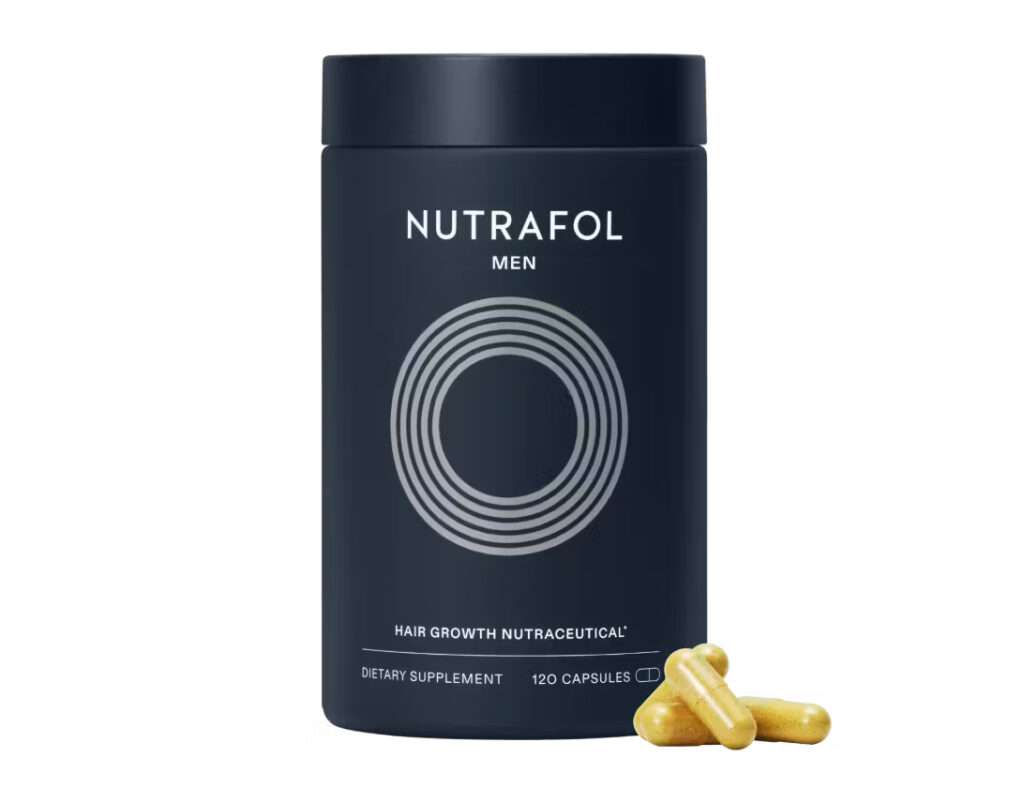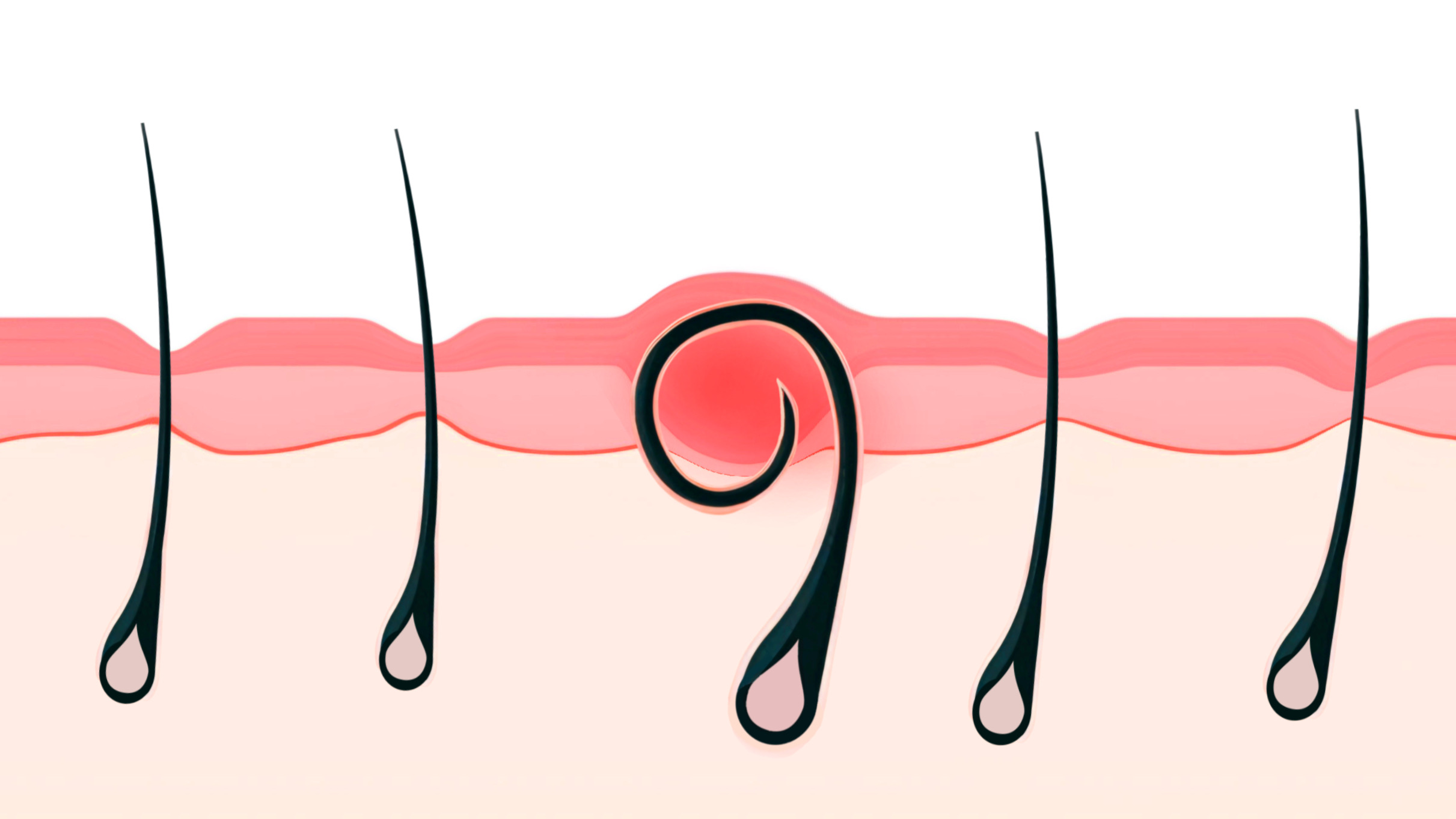
How to Prevent Ingrown Hairs From Shaving (And the Best Treatments Too)
If you’re prone to ingrowns, then a preventative shaving regimen is essential. And if you’re here for solutions to ingrown hair bumps, I’ve got a few bump remedies for you, too.

July 27, 2024
Thank you for using our links to make your purchases. All products featured are selected for editorial purposes, and are not sponsored placements. Any purchases made with our links may help us earn an affiliate commission, including but not limited to Amazon’s Associate Program. If possible, please prioritize brands’ own websites when they are provided by us.
Preventing ingrown hairs requires careful attention, and it works to mitigate the majority of issues. But even with the most proactive approach, it’s common to experience a bump or two. That’s because some of us are just prone to these ingrowns. And if that’s you, then you need to learn how to prevent ingrown hairs while shaving, and how to treat the few that still spring up despite those best efforts.
It’s just a matter of fact that some people are more predisposed to ingrown hairs, often due to the way their hair grows up and out of the skin. Or rather, due to the way it refuses to grow out from the skin—often due to curl pattern or strand density. Instead, that hair furls up inside the pore, forming a small cyst around the hair follicle, which can progress into a not-so-small cyst. Pain, inflammation, and lingering dark spots ensue. No fun.
And if you are prone to ingrown hairs, shaving all of your stubble creates a prime opportunity for these bumps; but what if you still want to go bare faced? You can only do your best to get ahead of the vast majority of issues.
Regardless of which club you belong to—the infrequent ingrowns or the everyday bumps—read on to learn more about preventing and treating ingrown hairs.
The Best Products for Ingrown Hairs
These are some of the ingrown hair products that appear throughout the article.
- The Best Aftershave for Ingrown Hairs: Jack Black Bump Fix
- The Best Spot Treatment for Ingrown Hairs: Anthony Ingrown Hair Treatment
- The Best Face Wash for Ingrown Hairs: Dr. Dennis Gross Alpha Beta AHA/BHA Daily Cleansing Gel
- The Best Body Scrub for Ingrown Hairs: Differin Acne-Clearing Body Scrub
- The Best Face Scrub for Ingrown Hairs: Scotch Porter Exfoliating Face Scrub
- The Best Retinoid for Ingrown-Prone Skin: Differin Adapalene Gel 0.1%
- The Best Electric Shaver for Ingrown-Prone Skin: Philips Norelco S9000 Prestige
- The Best Anti-Chafe Cream for Ingrown-Prone Thighs: Happy Nuts Comfort Cream
Please use our links (those above as well as any links featured throughout the article); doing so supports the work we put into making Blue Print by Adam Hurly.
Ingredients Matter: How to Find the Best Ingrown Hair Solution
Shaving isn’t the only thing that can trigger ingrown hairs, so despite the core cause of your bumps, the best preventative measure should be folded into your skincare routine (rather than your shave regimen).
I often compare ingrown hairs to acne, since both involve some backup inside the pores: With acne, it can be caused by a dead skin cell trapped inside the pore, a backup of sebum, or even bacteria. And all of these things can further aggravate ingrown hairs, too. That’s why it’s important to focus on formulas and ingredients that help exfoliate the skin, unclog the pores, balance oil production, neutralize bacteria, and of course soothe the skin.
That might seem like a lot of tasks that you need to accomplish, but it can be achieved by a couple key ingredients. For example…
- Salicylic acid can exfoliate surface cells, free up trapped cells, clear out sebum buildup, and balance that sebum production.
- Chamomile can soothe skin and neutralize bacteria thanks to its anti-inflammatory and antiseptic properties.
- Tea tree oil has antimicrobial and anti-inflammatory properties too, and can also balance oil production.
So, while I recommend a bunch of other prevention and treatment measures below, it really can be as simple as this: Find a product that can be used as an all-over face splash or a spot treatment, but which has all of the aforementioned properties. If you want a shortcut, then I’ll direct you to Jack Black’s Bump Fix. Salicylic acid, check. Chamomile, check. And it also has aloe for added soothing and anti-inflammatory effect.
Use it as an immediate post-shave treatment as well as in the days after a shave (to prevent bump formulation), or on ingrown-prone areas as a general means of prevention. It will also work on existing bumps to help reduce agony in the area, and to encourage that hair to work its way out of the skin as a result.
Shaving Bumps and Ingrown Hairs
A predisposition to ingrown hairs prevents many people from ever using a manual razor, since shaving is too big of a risk for razor bumps. Those shave bumps are early-stage ingrowns, and will develop within a couple days of the shave. As the shaved hairs start to grow out—but not literally out—well, that’s when things worsen. Instead, they grow in, and continue curling up inside the pore.
(Please read more about shave bumps to specifically prevent and treat shave-related ingrowns. The short version: Go slow, do a full shave regimen, shave against the grain, consider a safety razor, and maybe even a rotary electric razor. Practice thorough razor hygiene as well—a clean, sharp, blade that is smartly stored and frequently replaced.)
The Newsletter: Subscribe to Blue Print by Adam Hurly
The best grooming gadgets, new products, gift guides, and game-changing advice—all inside our free newsletter. (Plus occasional big-ticket giveaways, too!)
Ingrown Hair Prevention: Exfoliate, Exfoliate, Exfoliate
The best way to prevent ingrown hairs anywhere on the face and body is to stay atop your exfoliation game.
Chemical Exfoliation Up Top
For the shoulders, neck, and face, I recommend using chemical exfoliants. These provide an even and more controlled means of dead-cell removal, to prevent future pore cloggings. Alpha hydroxy acids (AHAs, like lactic and glycolic acid) provide surface-level removal, while beta hydroxy acid (namely salicylic acid) is oil soluble and can seep through skin’s lipid layer into the pores, where it rids of trapped cells and can also reduce any buildup of trapped oil.
Peace Out’s Acne Gel Cleanser is a terrific salicylic acid option if you are oily and acne prone, while Dr. Dennis Gross’s Alpha Beta cleanser provides you with both lactic and glycolic acid to exfoliate the skin, as well as willow bark extract (from which salicylic acid is derived) for that pore clearing-out. Both of these rank high in my all-time favorite daily cleansers, and are a great way to temper the ingrown bumps without adding extra steps to the routine, since you’re already washing your face twice daily.
Dr. Dennis Gross Alpha Beta AHA/BHA Daily Cleansing Gel
buy on:
Physical Exfoliation Below the Shoulders
I prefer a body scrub or brush for everything below the shoulders, typically just due to the large surface area and how easy it is to target those problem areas. Scrubbing will help remove this dead skin and give the hairs a better chance to sprout unencumbered. Guys who shave their chest, pubes, back, and so forth, this is especially important for you. (Ever had an ingrown pubic hair? You don’t wanna start now.)
For the body, I love Differin’s body scrub since it also includes salicylic acid for a nice double-down on exfoliation (both on the surface and inside the pores).
Try Retinoids for Ingrown Hair Prevention, Too
And perhaps above all, anyone who is ingrown prone should routinely use retinoids (often just called retinol), which will drastically improve cellular turnover. OTC options exist—in fact, speaking of Differin, their adapalene gel is a fantastic retinoid for acne-prone and sensitive-skinned individuals.
But may I also recommend a tretinoin prescription from your dermatologist—or through a telemedicine site like Apostrophe?
Ingrown Hair Prevention: A Swifter or Gentler Shave
There are a few key ways to prevent ingrown hairs within your actual shave regimen, too.
1. Use sharp, fresh blades
Razor hygiene is real. Swap the blades out after 6-8 uses or 2-3 weeks, just to ensure everything is sharp, clean, and can ensure the safest shave, the swiftest shearing, and with the least friction.
2. Go with the grain
While shaving against the grain of your hair’s growth can produce a closer shave, it’s not recommended for ingrown-prone individuals. So, shave in the direction that your hair grows, in order to prevent cutting those strands even further below the surface of your skin. That way, when the hair starts to regrow, it’s less likely to ball itself up inside the pore.
3. Consider the switch to electric rotary shavers
While it’s nice to be all fresh and baby faced, if you are extremely prone to ingrown hairs, then you’re a prime candidate for an electric shaver—and particularly a rotary shaver (these are the ones with circular panels on their head, primarily made by Philips Norelco, as opposed to the more commonplace foil shavers with crossbar razor plates).
You won’t get quite as close a shave from electric options as you would with a manual blade—and rotary shavers provide a slightly less close shave compared to foil options—but the difference is often unnoticeable to the naked eye. Plus, rotary razors are much better equipped to trim coarse, curly hair or scruff with sporadic growth patterns, since those rotating heads can absorb hairs at every single angle.
I think it’d be worth investing in the best technology for this—like the Philips Norelco Prestige shaver, which can actually shave you down to a 0mm length. It has six rotary blades working simultaneously to give you the fastest, closet results. Just prep your skin like you would a shave, because it’ll be that smooth on the backend.
The brand’s older models are extremely effective, too, most with their three rotary blades on each device. Plus, they’ll save you a hundred bucks or more by comparison—though I’d argue nothing in the rotary razor realm cuts quite as close as that Prestige model.
Again, the brand to trust with ingrowns is absolutely Philips Norelco. They have more or less mastered the rotary shaver field, while other core brands like Braun and Panasonic have the best foil shaver options.
Treating Ingrown Hairs
If you’re dealing with a progressed ingrown hair, then here are different methods to help to coach it out from the lair. And whatever you do, please refrain from squeezing or popping an inflamed ingrown hair cyst, since this can result in infection and permanent scarring.
1. Physical Scrubs
Physical exfoliants can help coerce the hairs out from the pore. Begin by cleansing the area using warm water along with a washcloth or gentle physical scrub. Keyword gentle—Scotch Porter’s Exfoliating Face Scrub is a prime and gentle option for any bump, head to toe.
Work the cloth or your fingers in small, circular motions. You’re trying to free up the hair as well as remove any cells that might be blocking its path. The warm water will also soften the skin and trapped contents, ideally making it easier to promote a breakthrough.
2. Spot Treatments
You can spot-treat the area with tea tree oil or salicylic acid too—two of the same ingredients that help prevent ingrowns in the first place. Tea tree oil will prevent bacteria and oil buildup as well as reduce inflammation. Dr. Jart’s Teatreement Toner has been a regular standby for me, and you can use it broadly over skin or as a localized spot treatment. (They also have a fabulous spot treatment with tea tree oil, but it’s not retailed in the US, unfortunately.)
Never use undiluted tea tree oil on your skin—only in products or formulations from reputable brands and retailers.
The other key ingredient here, salicylic acid, will break up anything else that might be trapped inside the pore. For this, try Anthony Ingrown Hair Treatment—I mean it’s all in the name there, isn’t it? This treatment used salicylic acid for pore clearance as well as glycolic acid to further lift away dead surface cells.
3. Poke at It—Maybe
Granted I told you not to pop the ingrowns, you can target non-inflammatory mounds with those nifty ingrown hair needle-nose tweezers (like Mr. Green’s Needle Tweezers).
“Non-inflammatory” means the bumps that might sprout around your thighs, which are just tiny trapped hairs and nothing else (no trapped oil or bacteria), and are relatively painless.
But do not use these needle tweezers on your face or on any inflammatory cysts. They are strictly for minor ingrown hairs around the body: Use this (sterilized!) pointed needle to poke into the bump and raise the hair out itself. Keep a delicate touch as you unfurl it from its trapped state, then follow with a warm water cleanse and a spot treatment with tea tree oil.
4. Visit the Dermo
If you have an extremely inflamed and painful ingrown hair bump—or in a delicate area—then get to a dermatologist, stat. They can drain any pus, remove the ingrown, decompress the swelling, and expedite healing while minimizing long-term scarring. It’ll be worth the co-pay and fee.
For Friction-Related Ingrown Hairs
Shaving isn’t the only thing that causes ingrown hairs. Around the body, you can get ingrowns via friction—be it from your chafey thighs rubbing together to just wearing tight clothing—as well as poor exfoliation and natural hair growth cycles. (Hair might shed on its own naturally, and upon regrowing, get trapped inside the pore.)
Again, all of these things are much more common in places where the hair is naturally curly or coarse. It’s common to experience ingrown hairs around your thighs, waistline and groin due to the friction this area experiences on a regular basis.
As for solutions: If it’s around your waistline, then simply loosen up your clothes. If it’s around your thighs, then try to minimize thigh rub via anti-chafing and anti-sweating strategies, or also looser clothes. I live and die by Happy Nuts’ Comfort Cream, especially in warmer weather when I won’t be caught dead without the tapioca-starch lotion lathered onto each thigh.
More from Blue Print by Adam Hurly:

